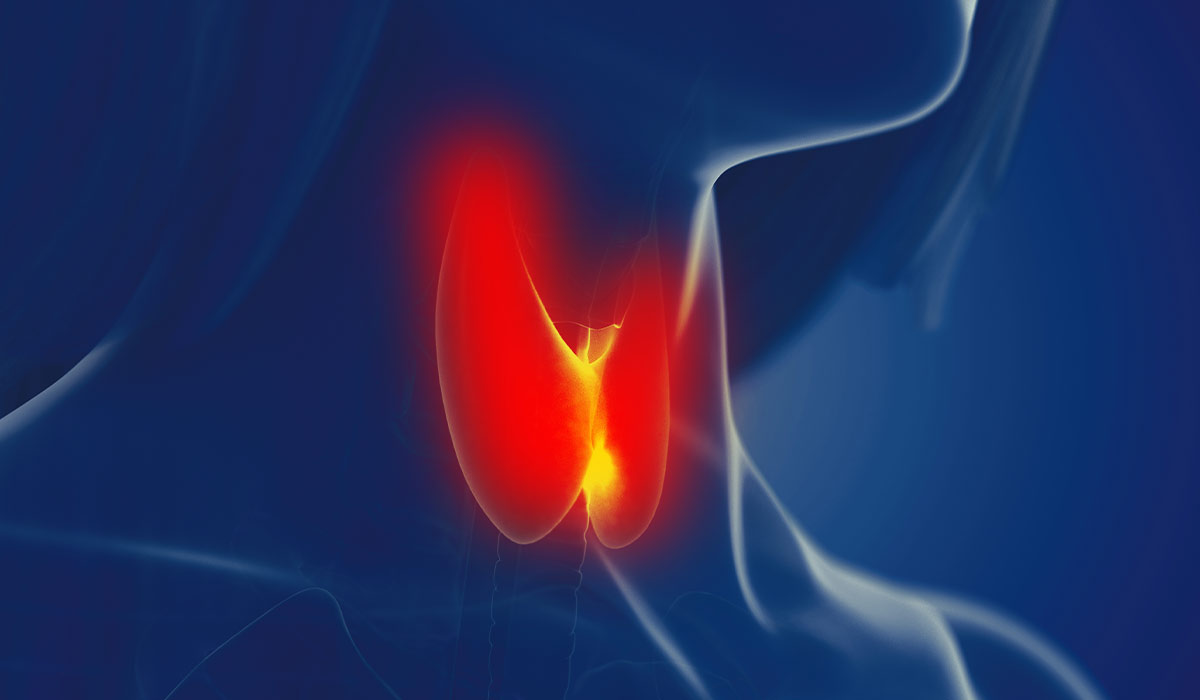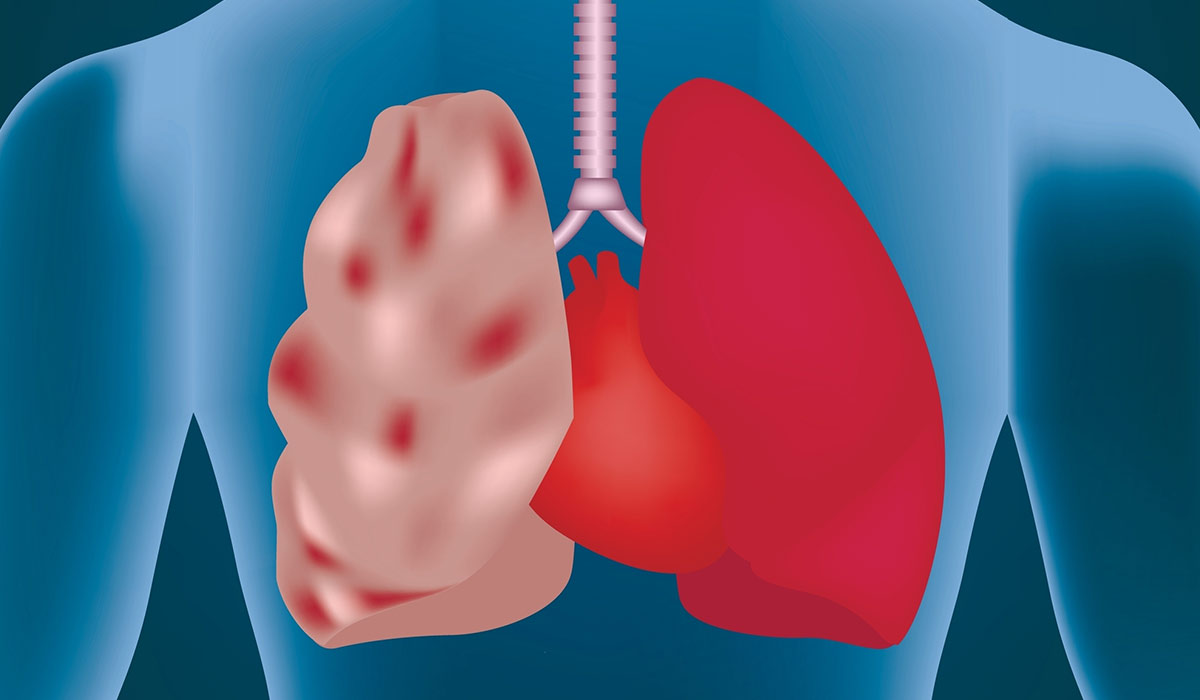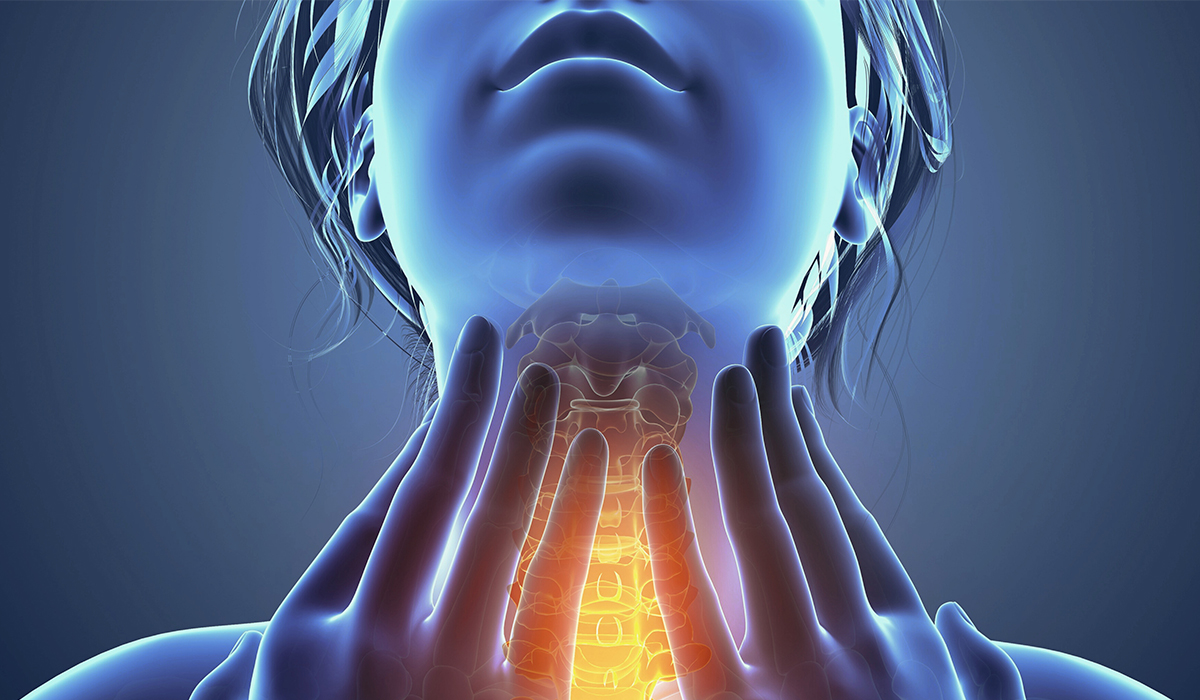Without treatment, lockjaw may lead to severe symptoms and even life-threatening complications. According to the Centers for Disease Control and Prevention, it can lead to the development of laryngospasm, pulmonary embolism, aspiration pneumonia, and fractured bones. Of all cases of tetanus, 10 to 20% are fatal.
Fortunately, tetanus is not as dangerous condition as it used to be in the past. We can see the noticeable improvement in overcoming this disease when comparing the number of fatal cases since the 1950s. For instance, according to the estimations, 787,000 newborns died from tetanus in 1988. This number declined by 97% in 2018, leading to 25,000 deaths of newborn babies.
The decline in fatal cases of tetanus, as well as severe symptoms and complications, is due to the advances in immunization with TTCV -tetanus-toxoid-containing vaccines. Although the vaccine does not cure tetanus and needs to be used once every few months by kids or years by adults, it helps prevent the infection from developing again.
Despite the success in limiting the effects of tetanus on humanity, it still is a public health problem that needs to be resolved in some parts of the world. Tetanus-prone areas, including low-income countries or districts with poor basic sanitation practices, are at the highest risk of infection. Moreover, the lack of clean practices in certain countries, particularly in South Asia and Sub-Saharan Africa, leads to more deaths from neonatal tetanus than in other parts of the world.
Continue reading the article to learn more about lockjaw, including causes, risk factors, symptoms, treatment, and ways to prevent future infections.
Causes
Spores of the bacteria Clostridium tetani are present in many nooks and crannies of the environment. They are most commonly found in soil, dust, ash, feces of animals and humans, on the skin surface, and the plethora of rusty objects such as nails, wires, and needles. They can survive for a long time because they resist heat, antiseptics, and harsh environmental conditions.
Tetanus develops when spores of Clostridium tetani enter a person’s bloodstream. It may happen if you get wounded or injured, creating an opening on the skin. The most common types of injuries include:
- Burns
- Crush injuries
- Wounds from tattoos, piercings, injection drugs, and puncture wounds caused by sharp objects such as nails,
Less commonly, tetanus may be caused by:
- Animal bites
- Insect bites
- Dental infections
- Chronic sores
After you get infected with spores, you may develop symptoms within 14 days. It may affect anyone, but most cases are newborns and mothers who didn’t receive a tetanus-toxoid-containing vaccine.
Once the spores enter the body, they spread to the central nervous system, producing tetanospasmin – a toxin that disrupts the communication between the muscles and the spinal cord, leading to muscle spasms and other symptoms.

Is Tetanus Contagious?
Tetanus is not transmitted through respiratory droplets, direct contact, bodily fluids, or other means of person-to-person interactions. It is primarily associated with cuts, puncture wounds, and burns that may get exposed to the bacteria. Therefore, you cannot “catch” tetanus from someone with the disease.
What Are Bacteria Spores?
In the previous paragraphs, you learned that the bacteria Clostridium tetani spores may enter your bloodstream and potentially lead to tetanus. But what exactly are bacteria spores, and why can they be found almost everywhere?
Spores are small oval structures resistant to harsh environmental conditions, including radiation, high temperatures, and chemical agents. Bacteria produce spores for various reasons, such as reproduction or defense.
Not all types of bacteria create spores. Examples of species that produce spores are Clostridium tetani, Bacillus, and Sporosarcina. If a specific bacteria can thrive in many places, including unfavorable environmental conditions, their spores are widespread.
Risk Factors
People not vaccinated for tetanus and those who don’t take 10-year booster shots are at the greatest risk of developing tetanus infection. Other factors that increase the chance of tetanus infection include:
- Exposing cuts or wounds to manure or soil
- Having an immune-suppressing medical condition
- Infection of the umbilical cord of a mother who was not vaccinated against tetanus
- Foreign body (nail, splinter, or needle) in a wound
- Using and sharing unsanitary needles
The higher number of tetanus cases has also been linked to:
- Low-income countries
- Densely populated areas
- Warm climates
- Countries without vaccination programs
First Signs And Symptoms
Symptoms of tetanus may appear between 3 and 21 days, but 14 days is the most often observed incubation period. The most common type of tetanus is generalized tetanus, while localized tetanus and cephalic tetanus are two less common versions of this disease.
Generalized Tetanus
Generalized tetanus may cause the following symptoms:
- Inability to open mouth
- Painful muscle stiffness
- Muscle spasms in your legs, back, stomach, and extremities, which noises can trigger
- Trouble swallowing
- High body temperature (fever)
- Headaches
- Seizures
- Sweating
- Jaw cramping
Seizure-like spasms lasting up to a few minutes are called generalized spasms. As the disease progresses, it occurs more frequently and may be triggered by physical touch, loud sounds, and light. Breathing problems may also develop due to the neck and abdomen muscle rigidity.
You may develop other health problems in the later stages of generalized tetanus. These may include:
- Low blood pressure
- High blood pressure
- Extreme sweating
- Fast heart rate

Localized Tetanus
Localized tetanus is rare in which muscle spasms occur near the wound. It is usually mild and rarely severe but may develop into generalized tetanus.
Cephalic Tetanus
Another rare type of tetanus is cephalic tetanus, which develops due to a head wound. Its symptoms include spasms of the jaw muscles and weakened muscles in the face. Like localized tetanus, it may progress to generalized tetanus.
Complications
Tetanus may lead to serious health complications, and these include:
- Pneumonia: Generalized muscle spasms caused by tetanus may result in aspiration pneumonia – a lung infection that occurs when you inhale something accidentally into the lungs.
- Breathing problems: Tetanus may cause life-threatening breathing issues due to the tightening of the vocal cords (laryngospasm), muscle rigidity around the abdomen and the neck, and spasms of the muscles that affect breathing.
- Pulmonary embolism: Pulmonary embolism is also known as blockage of a lung artery. It occurs when a blood clot blocks the main lung artery or one of its branches. Its common symptoms include dizziness, sharp or sudden chest pain, coughing, and heart palpitations.
- Bone fractures: Generalized muscle spasms may result in fractures of the spine and other bones.
- Abnormal heart rhythm: Abnormal heart rhythm is referred to by doctors as arrhythmia. It is a disorder of the heart in which the rate at which the heart beats is too fast (tachycardia) or too slow (bradycardia). In arrhythmia, the heart may also beat too early, known as premature contraction, or too erratically, referred to as fibrillation.
- Death: A blocked airway during muscle spasm or damage to the nerve tissue responsible for breathing, heart rate, or regulating various organ functions may lead to death. The mortality rate is higher in people older than 60 and those who didn’t receive a vaccine against tetanus.
Diagnosis And Tests
Doctors diagnose tetanus based on physical examination, medical history, signs of muscle spasms and muscle rigidity, and whether you received a vaccine against this disease. Laboratory tests are rarely needed to confirm tetanus. However, if doctors suspect another health condition, they may order lab tests to rule out conditions that mimic tetanus.
One such condition is meningitis, an infection caused by bacteria, viruses, or, in rare cases, fungi. Meningitis affects the spinal cord and the brain, leading to seizures, sensitivity to light, stiffness, fever, and headaches.
A viral disease called rabies may also cause similar symptoms to tetanus. In mammals, it infects the central nervous system, causing brain disease. A vaccine can prevent it, but once the symptoms develop, there are no effective treatments against this condition.
Treatment
Although tetanus has no cure, several treatment options exist to help manage symptoms until the disease progresses. Treatment usually combines wound care, medications, and a variety of therapies. However, you will need immediate medical attention once tetanus starts, usually in an intensive care unit.
Medicines
Medicines used to treat tetanus are as follows:
- Antibiotics: Antibiotics may help kill the tetanus bacteria in your system. You may be prescribed oral antibiotics or receive antibiotic injections.
- Sedatives: Sedatives slow the function of the nervous system, which helps control muscle spasms in tetanus patients.
- Antitoxin therapy: Antitoxin therapy targets toxins that have not yet affected the nerve tissue.
- Vaccination: Standard vaccination for tetanus is a recommended part of the treatment, as it helps the body fight the toxins created by bacteria.
- Other medicines: Other medicines may be recommended to control and regulate involuntary muscle activity.
Wound Care
Wound care is an important part of treating tetanus. It involves cleaning your wound from dirt and foreign objects that may contain bacteria. Your care team performs wound care during the hospitalization period.
How to Prevent Tetanus?
Preventing tetanus, also known as lockjaw, is crucial to avoid the potentially severe and life-threatening complications of this infectious disease. The most effective way to avoid tetanus is through vaccination with tetanus-toxoid-containing vaccines (TTCV). Since their widespread use, these vaccines have significantly reduced the occurrence of tetanus and its associated mortality rates.
Here are the most effective ways to prevent tetanus:
Vaccination: Make sure that you and your children receive the recommended tetanus vaccinations. Vaccinations are typically administered in childhood and require booster shots every ten years to maintain immunity. If you have a wound that could expose you to the bacteria, a healthcare provider may also recommend a booster shot if it has been more than five years since your last vaccination.
Wound care: Practicing proper wound care is also essential to prevent tetanus. Clean and disinfect any wounds or injuries as soon as possible, especially when they involve soil, manure, or contaminated materials and objects. Seek medical attention for deep, punctured, or dirty wounds.
Good hygiene: In addition, promote good hygiene practices to minimize the risk of infection further. Practice regular handwashing with soap and water, particularly after handling soil or dirt and before eating or preparing food.
Avoid Risky Activities: Be cautious when engaging in certain activities that may increase the risk of injury, such as handling sharp objects, engaging in outdoor activities that might lead to wounds, or practicing activities that involve potential exposure to bacteria-rich environments.
Remember that while tetanus is less common in many parts of the world today, it remains a public health concern in certain regions. Staying informed about vaccination recommendations and adhering to safe practices can significantly reduce the risk of contracting this potentially dangerous disease.
Prognosis For Tetanus Patients
Most people who undergo treatment recover from tetanus. According to the Centers for Disease Control and Prevention (CDC), only 11% of tetanus cases have been fatal in recent years. The mortality rate is higher in older adults, children, and people who didn’t receive the vaccine. Overall, the outlook for tetanus patients improves if they have previously been vaccinated and received treatment early.
If you think you may have tetanus, seek medical attention as soon as possible. Even if you got tetanus once, it is possible to develop it again if a tetanus-toxoid-containing vaccine does not protect you.
Summary
Tetanus, also known as lockjaw, is an infectious disease caused by Clostridium tetani bacteria spores, affecting the nervous system. Tetanus spores are commonly found in soil, dust, feces, and on rusty objects. Infection occurs when spores enter the bloodstream through wounds or injuries. It is not a contagious disease and does not spread through person-to-person contact.
Tetanus can lead to pneumonia, breathing issues, pulmonary embolism, bone fractures, abnormal heart rhythms, and death, particularly in older and unvaccinated adults.
It is typically diagnosed based on clinical symptoms and vaccination history. Lab tests may be ordered to rule out other conditions. While there’s no cure, lockjaw’s symptoms may be relieved thanks to several treatment options, which include antibiotics, sedatives, antitoxin therapy, and vaccination. Proper wound care is also an essential part of the treatment.
Tetanus has become less common thanks to vaccines, but it remains a concern in low-income areas and among those who are not vaccinated or at higher risk.
Sources
- Crystal Bae; Daniele Bourget. (2023). Tetanus.
https://www.ncbi.nlm.nih.gov/books/NBK459217/ - Bjørnar Hassel. (2013). Tetanus: Pathophysiology, Treatment, and the Possibility of Using Botulinum Toxin against Tetanus-Induced Rigidity and Spasms.
https://www.ncbi.nlm.nih.gov/pmc/articles/PMC3564069/ - CDC. (2022). Causes and How It Spreads.
https://www.cdc.gov/tetanus/about/causes-transmission.html - CDC. (2022). Diagnosis and Treatment.
https://www.cdc.gov/tetanus/about/diagnosis-treatment.html - CDC. (2022). Symptoms and Complications.
https://www.cdc.gov/tetanus/about/symptoms-complications.html - CDC. (2022). Prevention.
https://www.cdc.gov/tetanus/about/prevention.html



